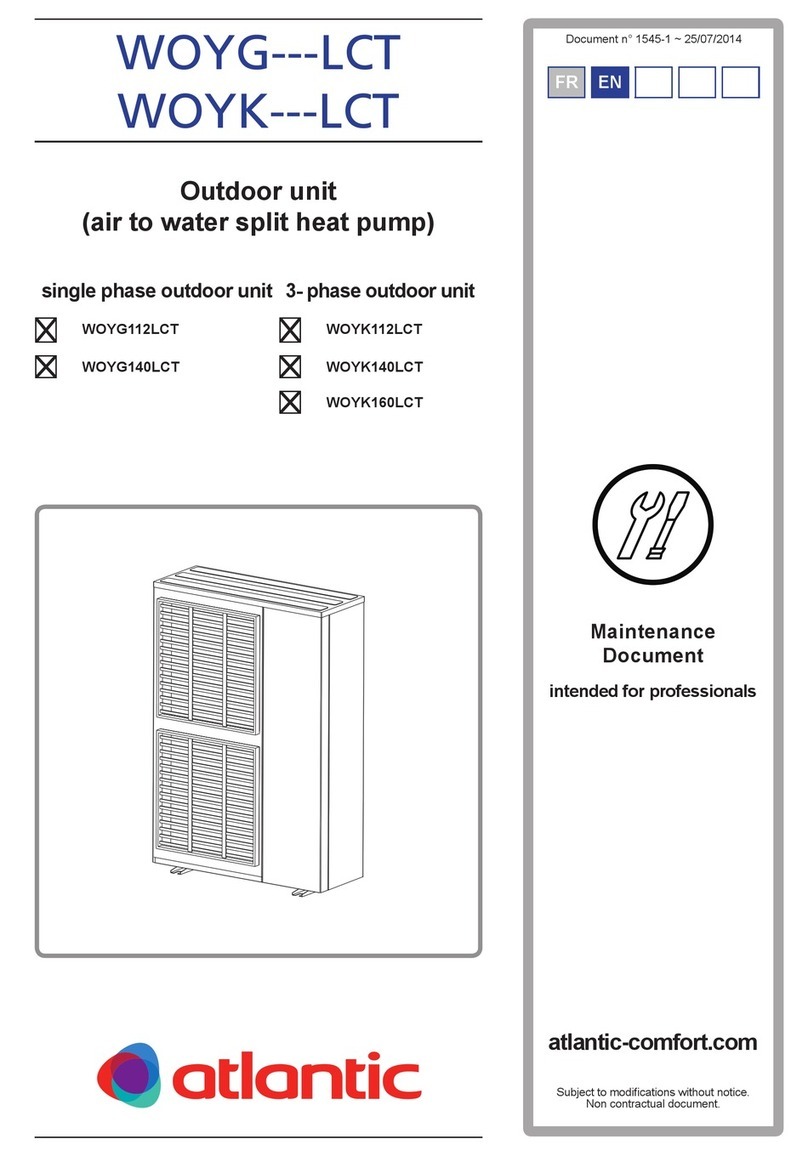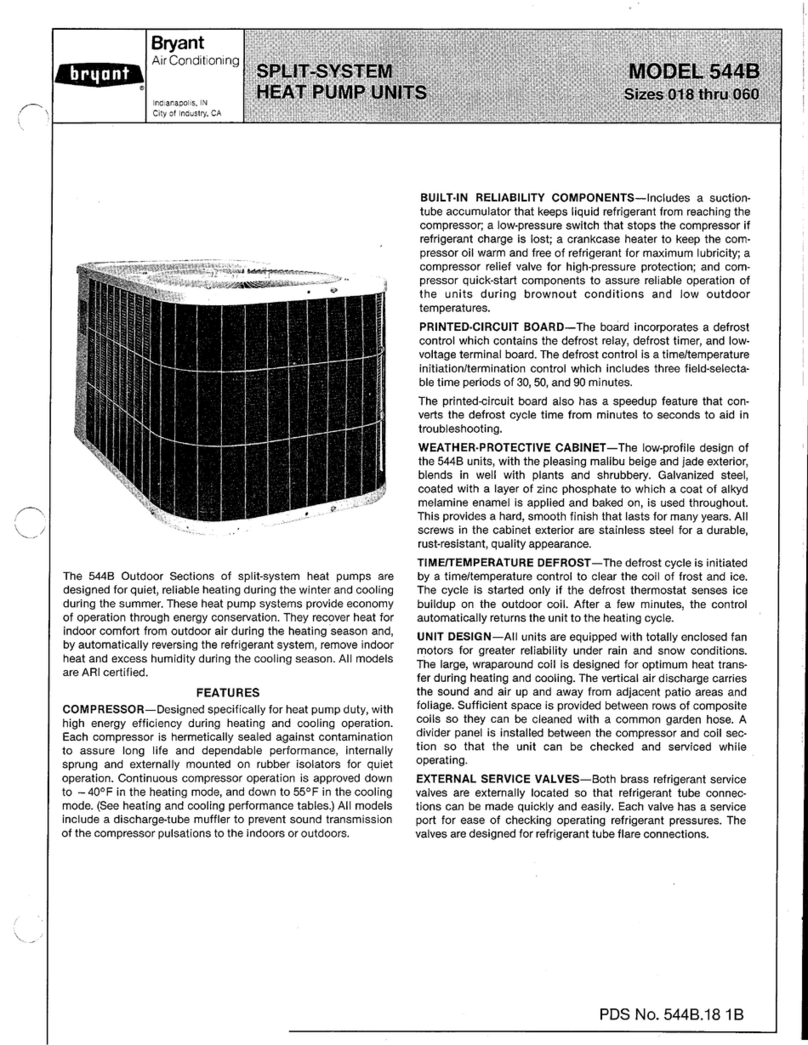Atlantic Loria duo 6000 Series User manual
Other Atlantic Heat Pump manuals
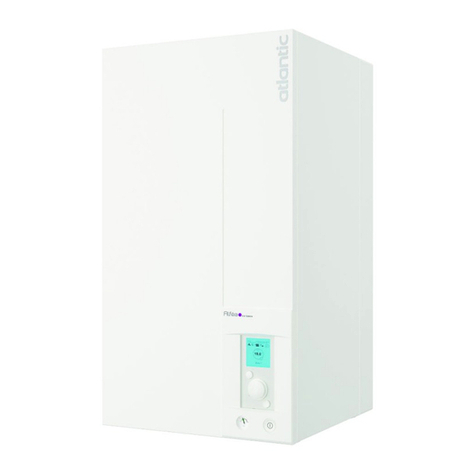
Atlantic
Atlantic Alfea Extensa A.I. Installation and operation manual
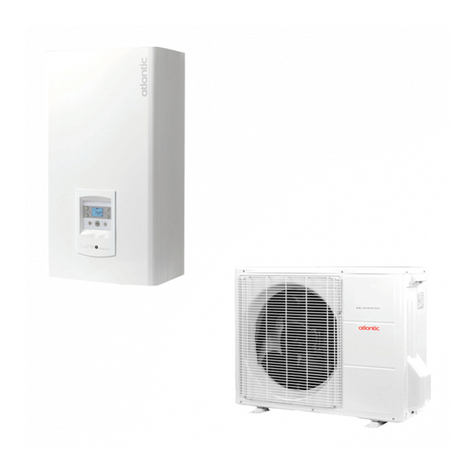
Atlantic
Atlantic Loria 6000 Series User manual

Atlantic
Atlantic Alfea Hybrid Duo Series Installation and operation manual

Atlantic
Atlantic Loria 6000 R32 User manual
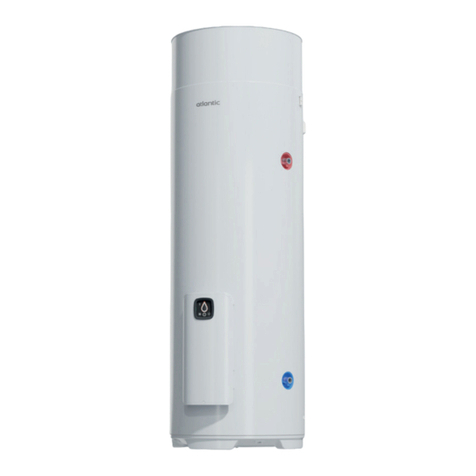
Atlantic
Atlantic EGEO User manual

Atlantic
Atlantic Loria 6000 R32 User manual
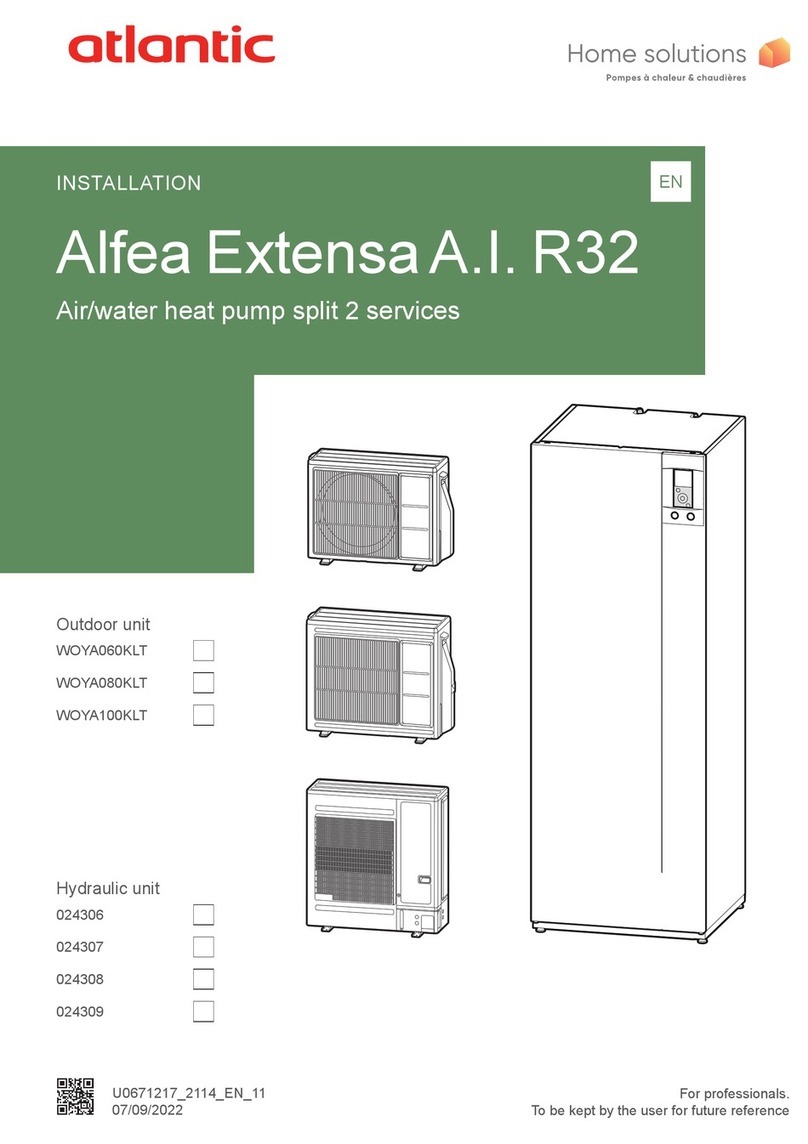
Atlantic
Atlantic Alfea Extensa A.I. R32 WOYA060KLT User manual
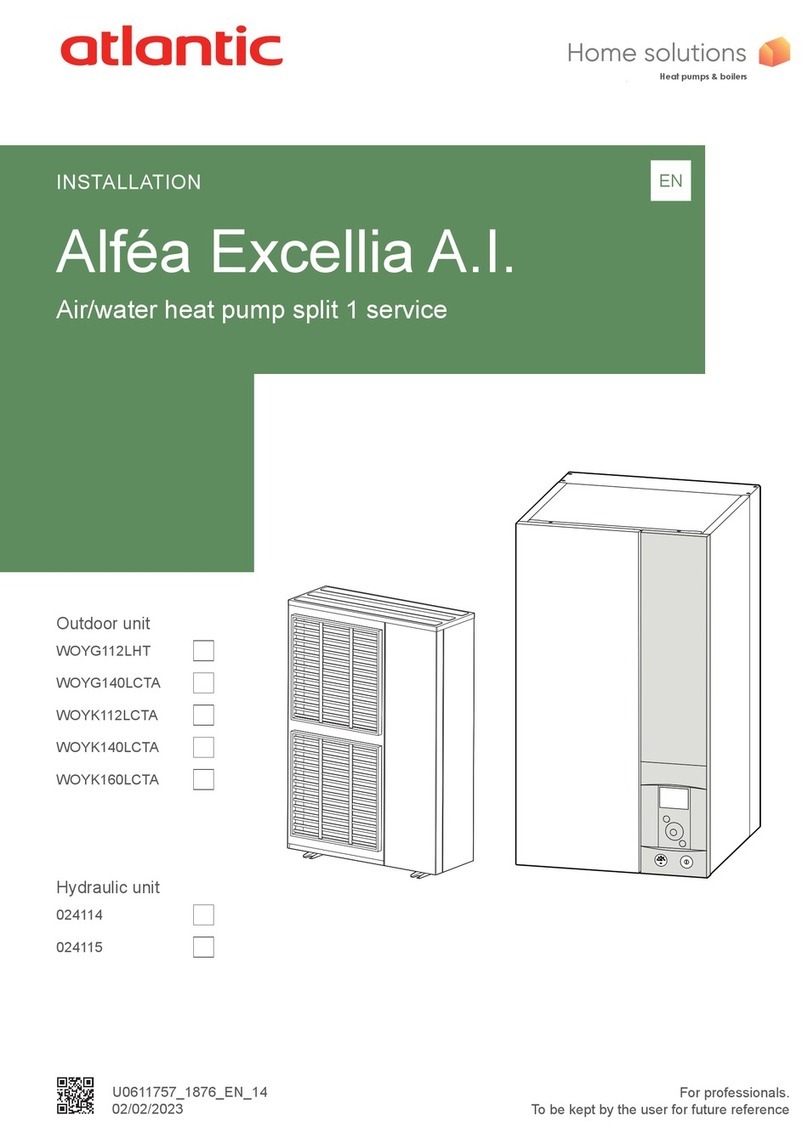
Atlantic
Atlantic Alfea Excellia A.I. 024114 User manual
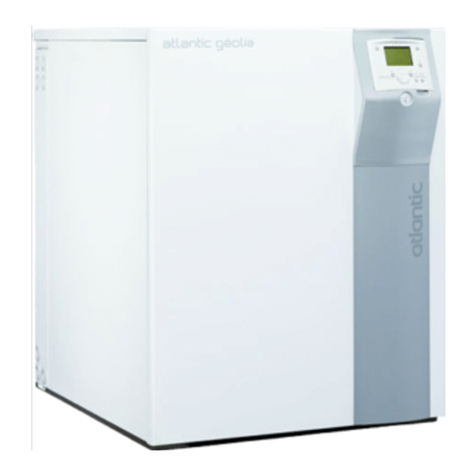
Atlantic
Atlantic Geolia 13 User manual

Atlantic
Atlantic WOYG112LCT Installation and operation manual

Atlantic
Atlantic WOYA060LCD User manual
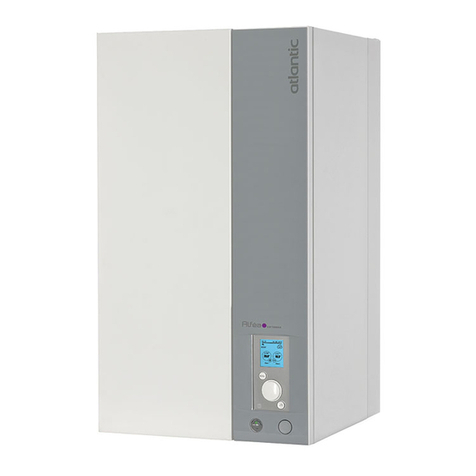
Atlantic
Atlantic Alfea Extensa Duo A.I. 5 User manual
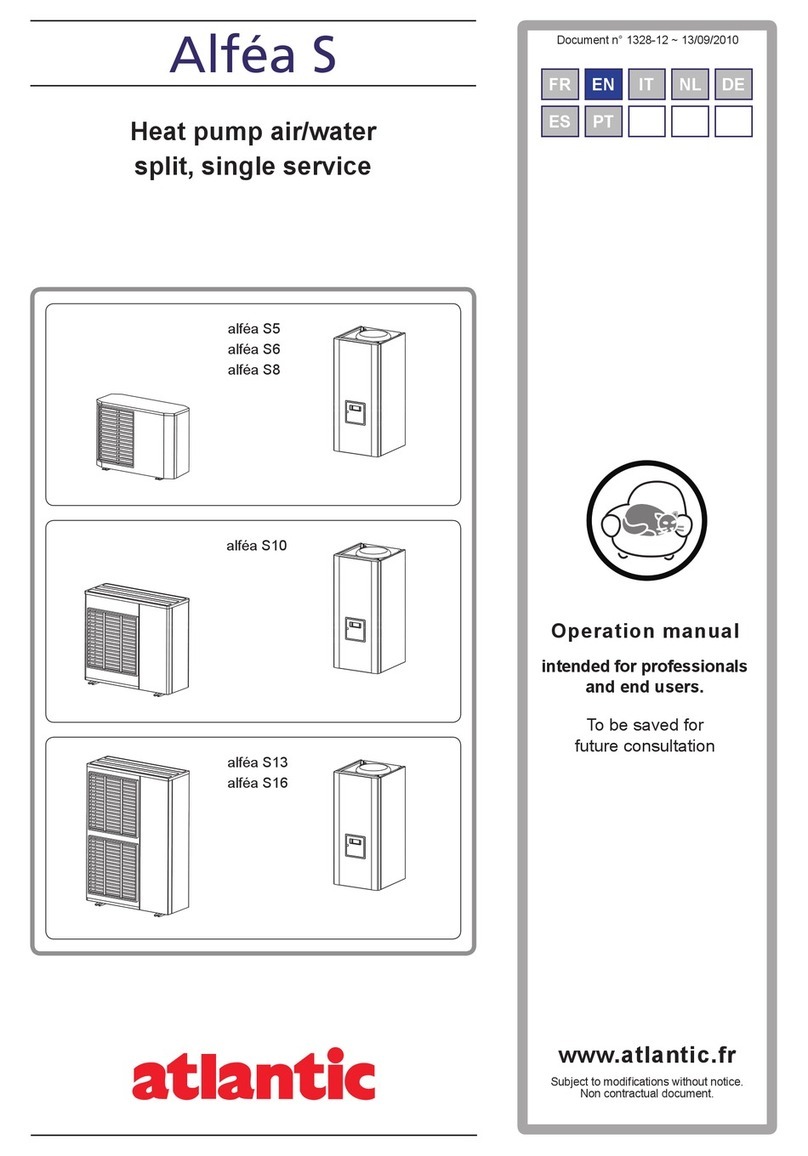
Atlantic
Atlantic Alfea Series User manual

Atlantic
Atlantic Alfea hybrid duo gas Series Installation and operation manual
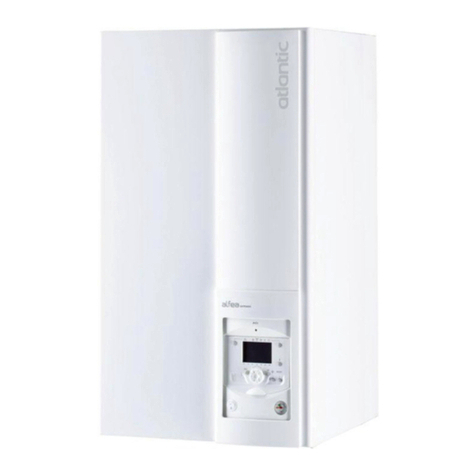
Atlantic
Atlantic ALFEA Excellia mono Series User manual
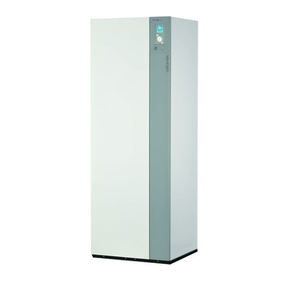
Atlantic
Atlantic Alfea Excellia HP Duo A.I. Series User manual

Atlantic
Atlantic WOYG112LHT User manual
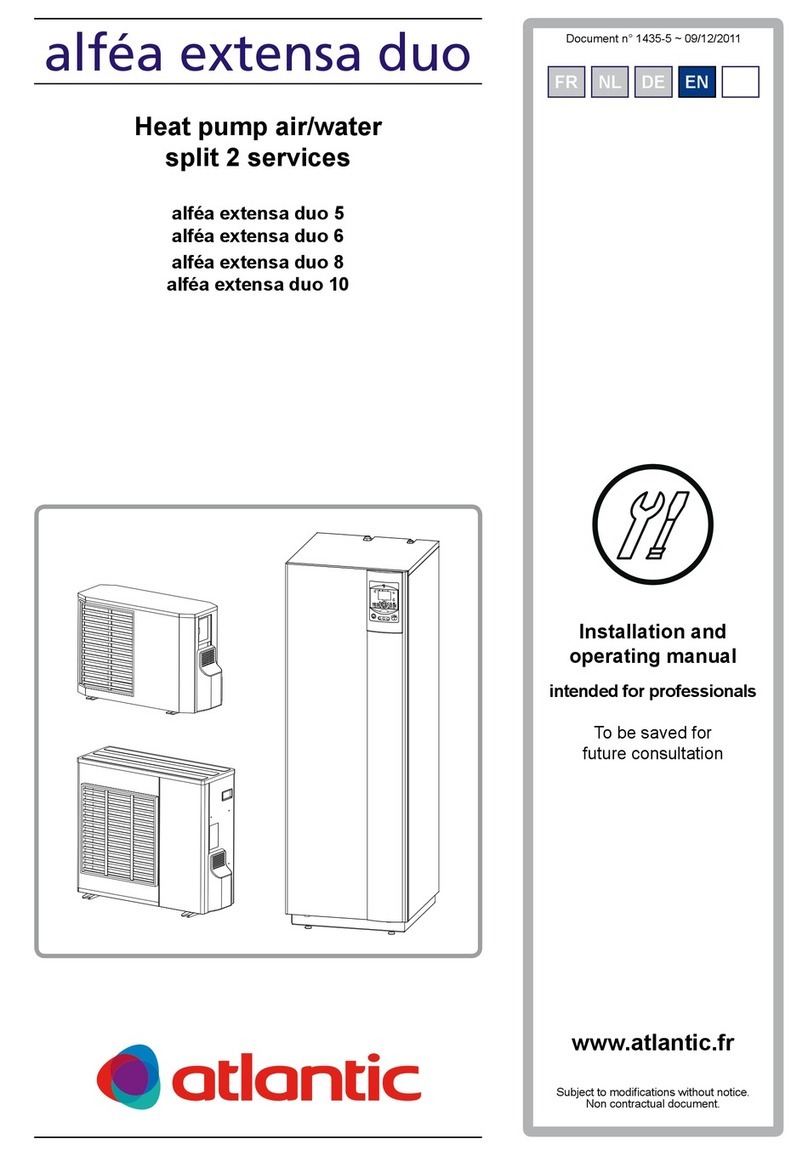
Atlantic
Atlantic Alfea Extensa Duo + 10 User manual
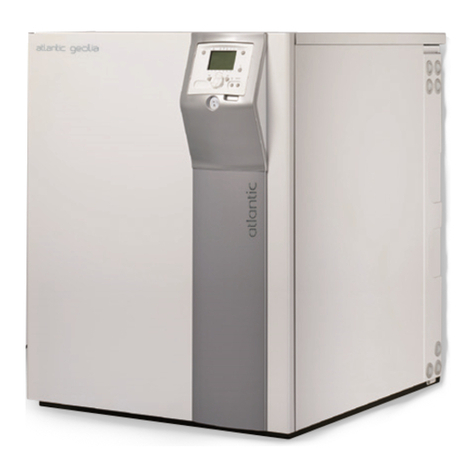
Atlantic
Atlantic Geolia 5 User manual

Atlantic
Atlantic EGEO User manual
Popular Heat Pump manuals by other brands

Mitsubishi Electric
Mitsubishi Electric PUZ-SWM60VAA Service manual

Dimplex
Dimplex LI 16I-TUR Installation and operating instruction

Carrier
Carrier WSHP Open v3 Integration guide

TGM
TGM CTV14CN018A Technical manual

Carrier
Carrier 38MGQ Series installation instructions

Kokido
Kokido K2O K880BX/EU Owner's manual & installation guide

Viessmann
Viessmann VITOCAL 300-G PRO Type BW 2150 Installation and service instructions
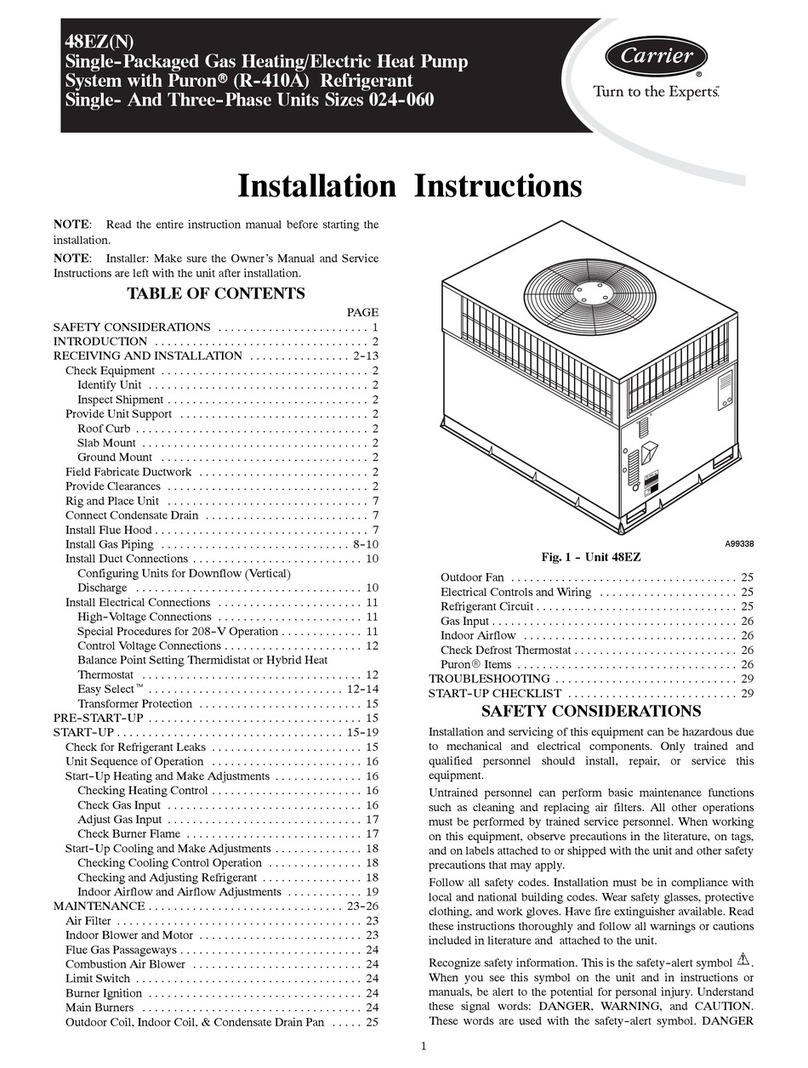
Carrier
Carrier 48EZN installation instructions

Viessmann
Viessmann KWT Vitocal 350-G Pro Series Installation and service instructions for contractors
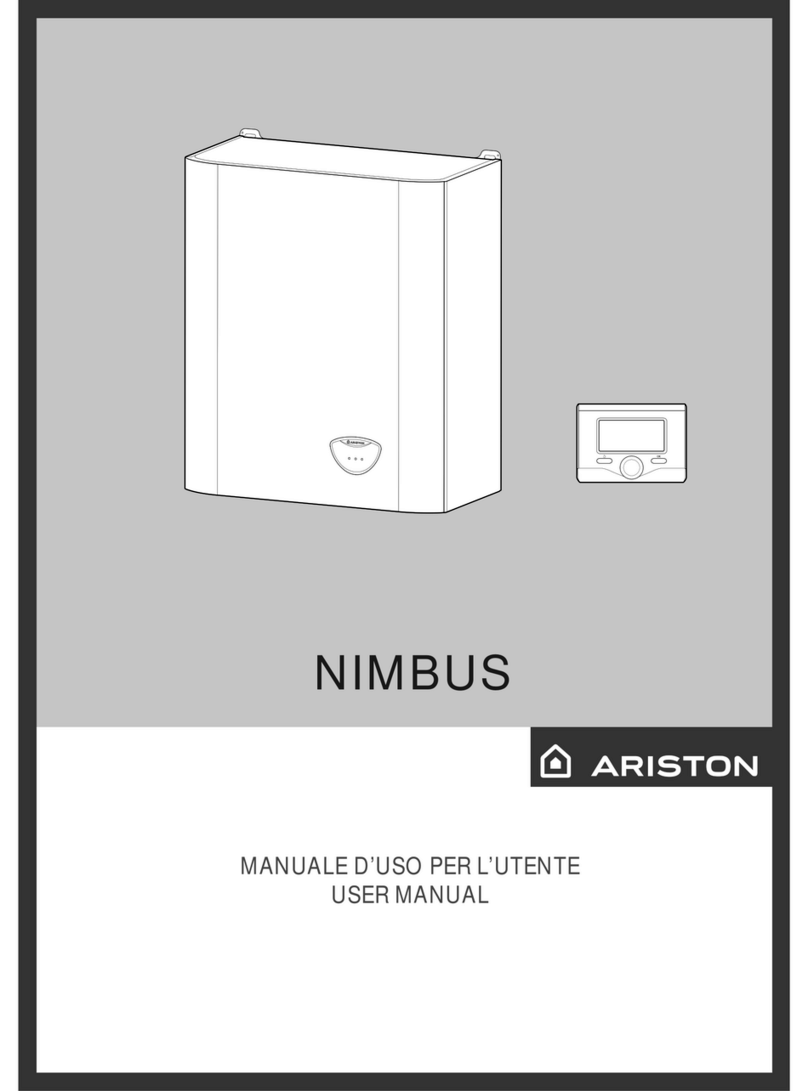
Ariston
Ariston NIMBUS user manual

Weishaupt
Weishaupt WWP L 7 Installation and operating instruction
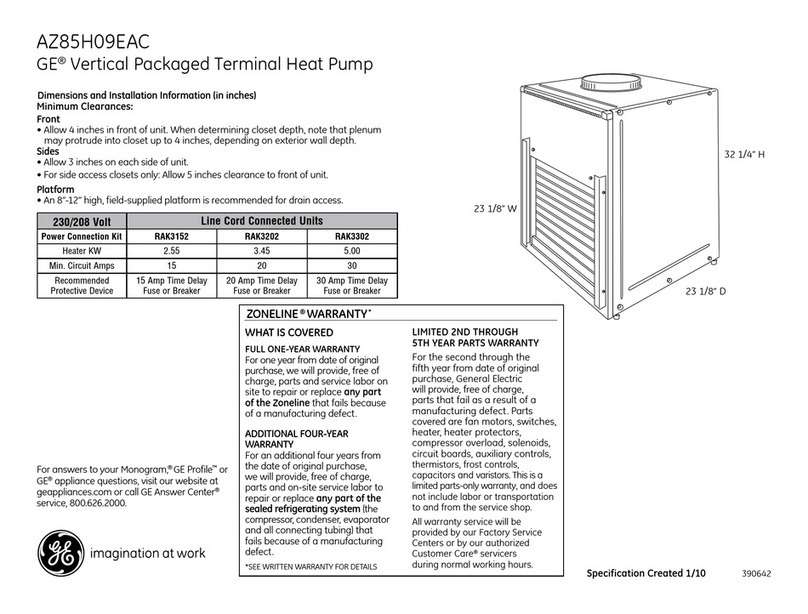
GE
GE Zoneline AZ85H09EAC datasheet

